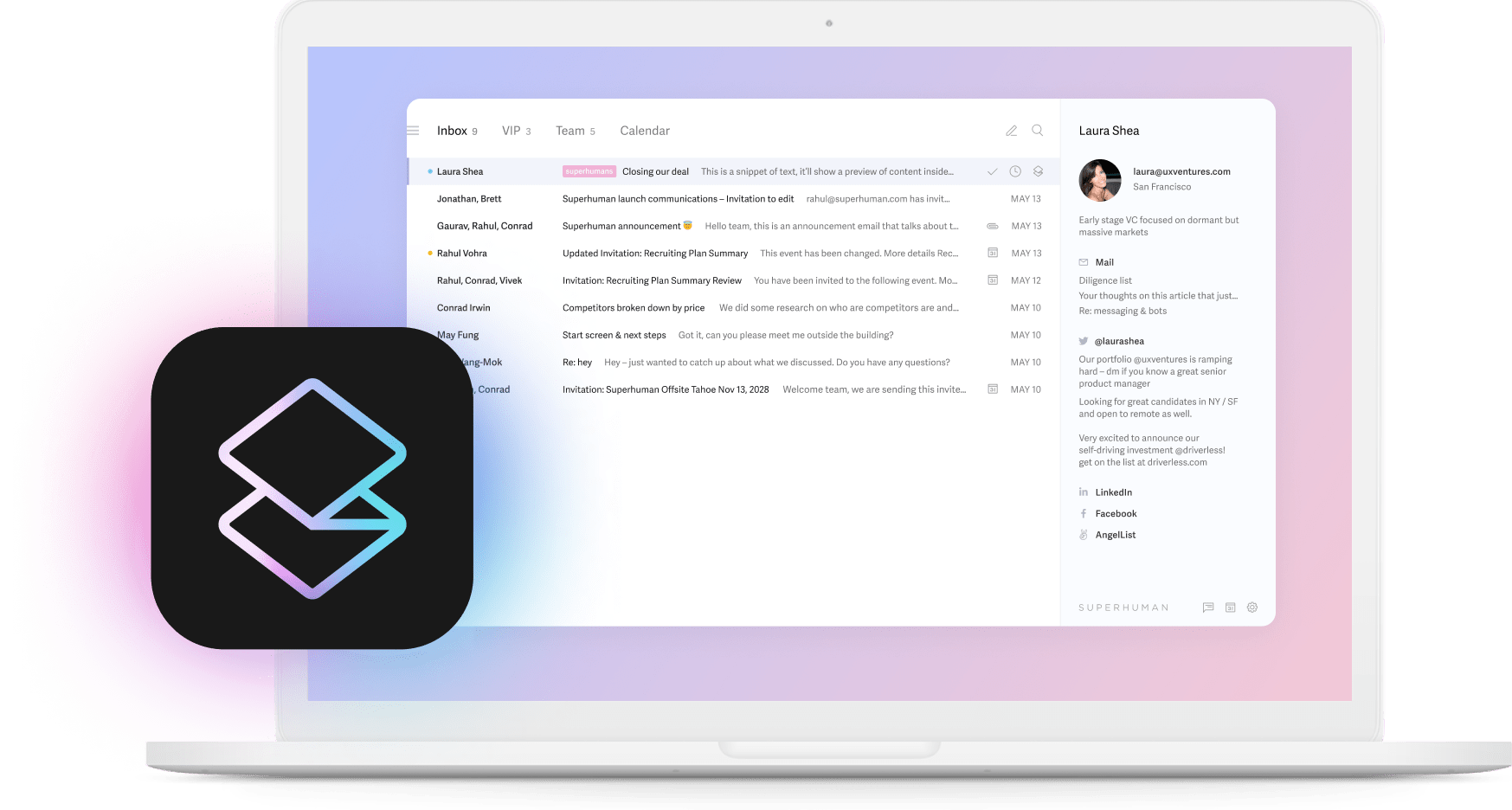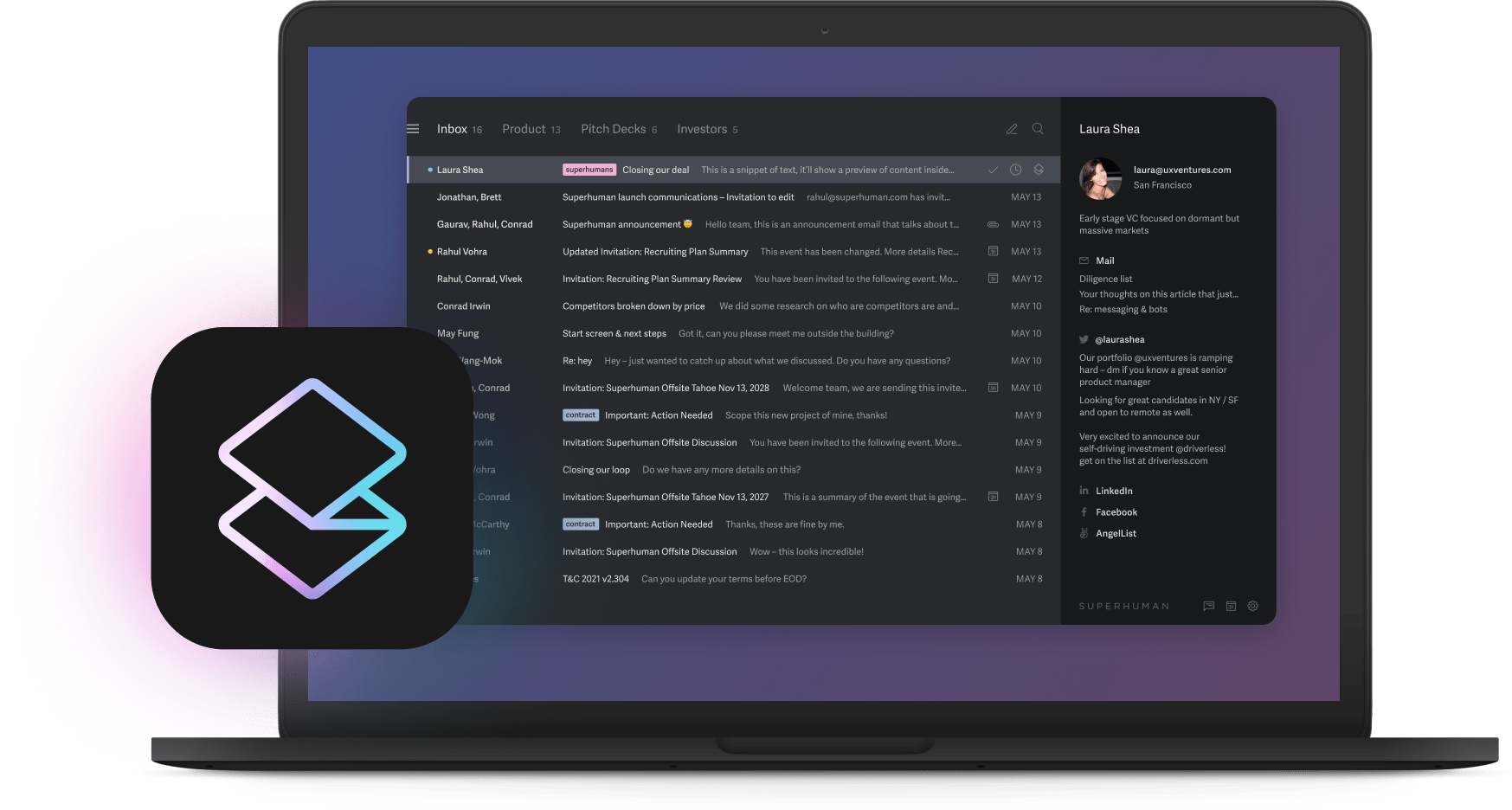
Think of traditional AI like a photograph, frozen in time the moment you take it. It never changes, only yellows with age. Continuous learning AI? That's more like having a trusted assistant who gets smarter every day you work together, learning your preferences and adapting to new challenges without being told.
The AI market now exceeds $600 billion and will grow fivefold by 2030. When you choose self-improving AI systems, you transform technology from a constant maintenance headache into a productivity multiplier. Your team responds faster, creates more personalized experiences, and works more efficiently than competitors stuck with conventional tools.
Let's explore how continuous learning AI works, how it transforms businesses, and how real companies are using it today. Understanding these capabilities helps you make smarter decisions about AI that adapts to your changing needs.
Understanding continuous learning AI: From static models to adaptive systems
Traditional AI and continuous learning AI handle new information completely differently after you deploy them. This creates major differences in what you get from your investment.
Traditional AI | Continuous Learning AI |
|---|---|
You train it once on old data | Starts with training but keeps learning |
Knows only what it knew at launch | Picks up new patterns automatically |
Gets worse over time | Gets better the more you use it |
You must completely retrain it regularly | Updates itself incrementally |
Loses value after deployment | Gains value with use |
The traditional approach traps you in a frustrating cycle: train a model, deploy it, watch it slowly fail as the world changes, then start over with a complete retraining. It's like buying a car that gradually loses the ability to make right turns until you replace the entire engine.
Continuous learning solves this problem through three straightforward mechanisms:
Incremental learning lets your AI add new knowledge without forgetting what it already knows. When customer behaviors change or market trends shift, your AI adjusts automatically. Imagine having a sales rep who instantly applies feedback from every customer interaction without needing to attend a training workshop. You avoid disruptive retraining cycles and your AI stays relevant without manual updates.
Transfer learning applies knowledge from one task to another. When your AI learns about email communication patterns, it can use those insights when handling other communication channels. This speeds up adaptation and keeps experiences consistent across your tools.
Experience replay helps your AI remember important past information while learning new things. When your AI encounters new data, it also reviews selected historical information, maintaining the perfect balance between stability and adaptation.
The continuous learning process creates a simple value cycle:
- Your AI starts with basic training
- You put it to work in real situations
- It collects new patterns from daily use
- It identifies ways to improve
- It updates itself automatically
- Your results get better over time
You save money by eliminating constant retraining and engineering costs. More importantly, you create a virtuous cycle where your AI gets smarter alongside your business, building advantages that grow stronger every day.
Business transformation through continuous learning
Continuous learning AI solves real problems that fast-growing companies face every day. It's the difference between hiring an intern who needs constant supervision versus bringing on a seasoned pro who gets better with every project.
Market adaptation happens automatically. When customer preferences change or new opportunities emerge, your AI adjusts without waiting for manual updates. For businesses in rapidly changing industries, this adaptation keeps you ahead rather than falling behind.
For example, AI workflow automation creates adaptive workflows that improve over time, unlike rigid rule-based systems that keep following the same instructions regardless of changing conditions.
Personalization deepens with every interaction. Your AI observes preferences, communication styles, and patterns to deliver increasingly tailored experiences. It's like having a barista who not only remembers your coffee order but notices when you might want something different based on the time of day, weather, or your mood. The system gets smarter about each person the more they use it.
In communication apps like Superhuman, machine learning mimics your unique style by learning from your communication patterns, perfecting your greetings, tone, and voice over time. You get authentic, consistent messaging without teaching the system manually.
Try SuperhumanOperational resilience grows stronger. Your AI learns to handle unusual situations and edge cases by building on similar past experiences. This reduces the need for human intervention when something unexpected happens.
This self-improving capability means your team spends time on strategic work instead of constantly fixing AI mistakes. The system handles more situations correctly the longer you use it.
Resource efficiency multiplies. With 83% of companies making AI a top priority, systems that improve organically give you a major advantage. You avoid the cost and hassle of constant maintenance and retraining.
This efficiency extends to your entire operation. Your team spends less time managing technology and more time using it to drive growth and outpace competitors.
Real-world applications across industries
Companies across different industries are seeing measurable results from continuous learning AI implementations. These aren't theoretical benefits, they're competitive advantages you can take to the bank.
Retail recommendation systems that learn from customer behavior have increased conversion rates from 2.5% to 4.2% while improving average order values by 30% and boosting customer retention rates from 30% to 45%. These systems stay relevant by constantly incorporating new purchasing patterns and seasonal trends.
Unlike static recommendation engines that become less effective over time, continuous learning systems adapt to changing preferences automatically. Retailers deliver personalized experiences based on current customer interests rather than outdated assumptions.
Manufacturing predictive maintenance systems increase productivity by 25% and reduce breakdowns by 70% while lowering maintenance costs by 25%. These systems get smarter with each equipment interaction, spotting potential failures earlier and with greater accuracy.
By analyzing equipment data in real-time, these systems catch subtle warning signs human operators might miss. Companies extend equipment lifespan, reduce costly downtime, and schedule maintenance based on actual conditions rather than arbitrary timeframes.
Healthcare diagnostic tools incorporate new medical research automatically and show measurable accuracy improvements. Continuous learning AI for breast MRI diagnostics improved accuracy scores from 0.86 to 0.89 through ongoing learning without manual intervention. Think of it as the difference between a doctor who graduated medical school 10 years ago versus one who automatically absorbs every new journal article and clinical finding while maintaining their core knowledge.
These systems balance innovation with safety by incorporating new research findings and clinical outcomes while maintaining appropriate validation. Diagnostic capabilities stay current with medical advances while meeting necessary safety standards.
Financial fraud detection systems evolve alongside emerging threats with impressive results. One bank's AI-driven fraud detection system reduced fraudulent activities by 60% within one year by continuously learning from new transaction data.
This adaptive capability proves crucial because criminals constantly develop new techniques to bypass static security. By learning from each attempted attack, these systems stay ahead of sophisticated threats without manual updates for each new fraud method.
Customer service systems that learn from every interaction show similar improvements. Octopus Energy's AI customer service system continuously learns from conversations to improve response times and customer satisfaction by adapting to specific communication preferences.
For communication tools, continuous learning and adaptation give you better results as AI technologies advance. Systems that understand communication nuances, adapt to different contexts, and learn from successful interactions help you communicate more effectively over time.
These examples show how continuous learning AI creates lasting value across different business contexts. When you implement systems that improve through ongoing experience, you build capabilities that get more effective rather than deteriorating.
The continuous advantage
Continuous learning AI fundamentally transforms your business performance by using systems that grow more valuable over time instead of gradually losing effectiveness. It's the difference between planting a tree that bears more fruit each season versus buying a basket of fruit that slowly rots. Teams implementing these self-improving capabilities respond faster to market changes, deliver more personalized experiences, and achieve more with fewer resources than competitors using conventional approaches. This reality makes continuous learning AI a strategic priority if you want sustainable competitive advantages.
Whether you're starting your AI journey or evaluating existing implementations, align your technology with how humans naturally learn and adapt. Start with solutions designed for continuous learning to establish the right foundation for long-term success while transforming potential maintenance burdens into strategic assets. The continuous advantage comes from using systems that grow smarter through experience rather than requiring constant manual intervention to stay relevant.





